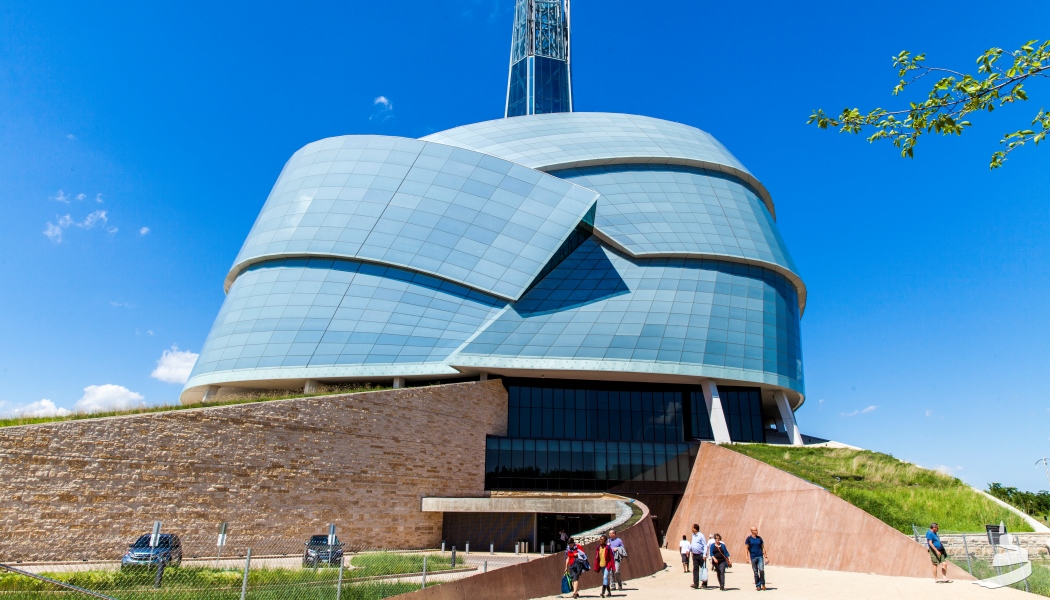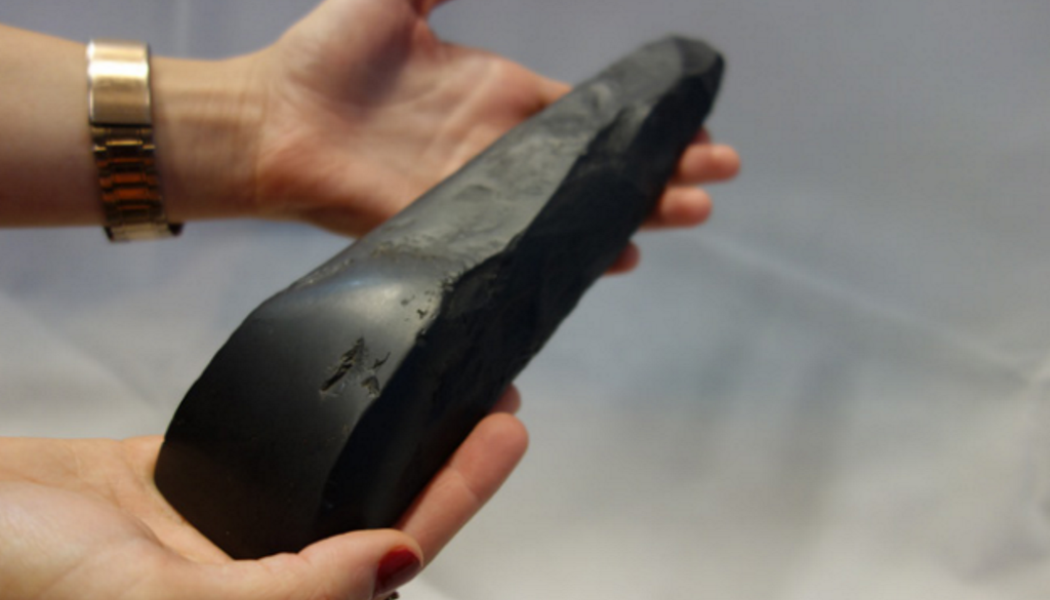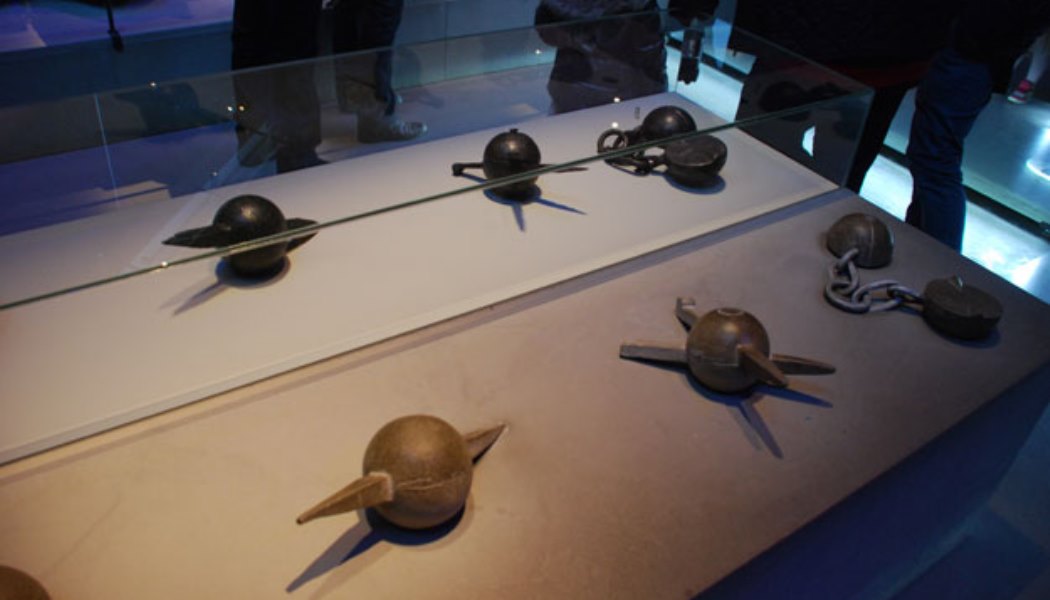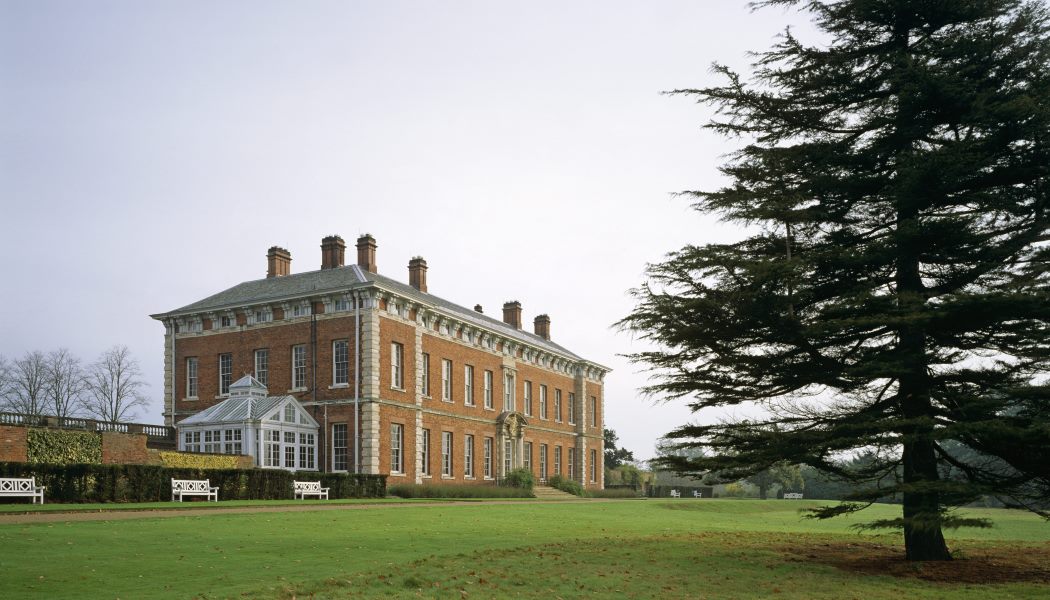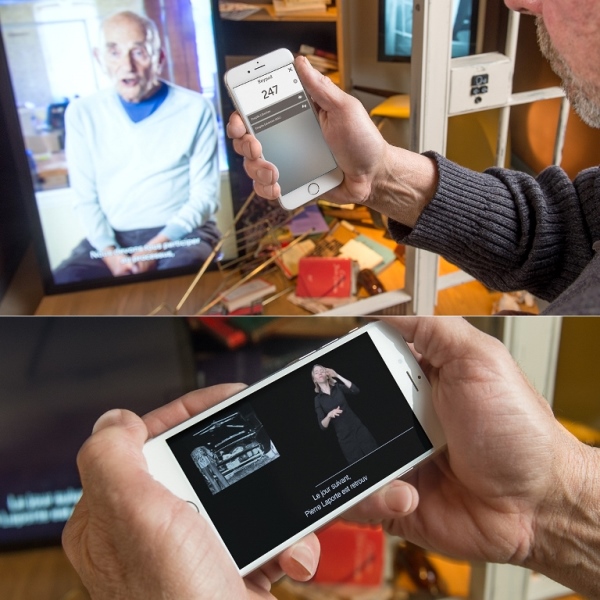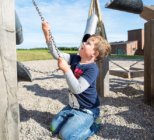Here M+H Advisor provides six case studies where museums and heritage attractions have furthered their accessibility offer and successfully made themselves more inclusive. These include the Canadian Museum of Human Rights, which was the recipient of a Jodi Award this year, Euan’s Guide, an online resource written by and for disabled people, Museo Del Prado’s Touching the Prado exhibition that has reconstructed six masterpieces for blind visitors to touch, a Dementia Toolkit from Tunbridge Wells Museum and Art Gallery, a research project on iBeacon technology and its potential for people with disabilities from the School of Museum Studies at the University of Leicester and how the National Trust is transforming some 200 of the country’s oldest buildings into accessible visitor attractions.
According to the 2011 census there are 9.4 million disabled people in England, accounting for 18 per cent of the population. This year saw English Tourism Week hold its first ever industry conference on accessible tourism to inspire businesses to embrace the purple pound, – the spending power of those with access needs – which accounts for £12.4bn a year. So for museums not to be accessible is not only excluding nearly a fifth of the population but potentially missing out on much-needed revenue.
“What constitutes a ‘reasonable adjustment’ to accessibility shouldn’t be a term that strikes fear into the Finance Officer at the attraction,” says Matt Riley director of Visits Unlimited, which provides training on accessibility for many organisations including VisitEngland. “This term is often mistakenly associated solely with the need to invest significant budget into a capital project to install a lift.” Riley says that investing in replica artefacts to handle for the kinaesthetic learner (and visually impaired visitors use their hands to see) could be a good start. Then, developing learning resources with inclusion in mind such as training employees as a pair of helping hands if required or perhaps as trained guides for visually impaired visitors as well as hearing loops and appropriate signage. “There are so many low cost reasonable adjustments or quick fixes,” he says. “It is estimated that only six per cent of disabled visitors are permanent wheelchair users. You can be accessible though physical access barriers exist.”
So what Riley is saying is that a positive attitude can make a big difference to how a museum presents itself to the disabled visitor. When Visits Unlimited asked families through social media what are the biggest barriers faced when making a visit to a museum or heritage attraction they said: “Poor attitude in understanding.”
It was for this reason that organisations such as the Jodi Mattes Trust, established in 2008, were set up to promote barrier-free access to all cultural collections. The Trust fosters this inclusion through the Jodi Awards, now in its 12th year, which celebrate the differences made by its winners to the cultural equality of disabled people through the use of accessible digital media. The Jodi Awards was set up in honour Jodi Mattes, who worked at the British Museum, and was a tireless campaigner for equal services to disabled people.
Marcus Weisen, who was the Trust’s first director, is an international consultant on museum accessibility and last October he gave a keynote speech at the Destinations for All conference in Montreal and took the audience on a journey through his three-decade long pursuit of a more equal cultural landscape. He says that there are still lessons to be learnt from projects he worked on including for the Royal National Institute for the Blind, which initiated the European Cities Within Reach project in 1992-93. The project resulted in cultural city guides for Venice, Paris and London for the visually impaired, which came in three languages with more than 1,500 large-print, audio and Braille guides being sold, which he says demonstrates a demand for information.
What the guides offered was a brief description of the accessible offering at museums and heritage attractions that would enable people to make a decision to whether they wanted to visit. Users told Weisen and his team was they wanted a short descriptions of what was accessible, how much could be touched and whether there was an audio guide. “These features remain rare in most cultural access guides,” he says. “Which result in numerous phone calls to museums from potential, visually impaired, visitors.” This creates, says Weisen, dependency, not freedom where access to information should mean from the get-go ease and fluidity of planning.
This is a point that is consistently raised in Euan’s Guide, which was set up in November 2013 by Euan MacDonald who has motor neurone disease and is in a wheelchair, to provide reviews on attractions for people with disabilities. “Euan’s Guide is an alternative to hours of web searching and phone calls and, most importantly, removes the ‘fear of the unknown’ when visiting a venue for the first time,” says MacDonald, Founder of Euan’s Guide.
MacDonald started compiling a local directory with his family of accessible places to visit and thought there must be thousands of people who could benefit from this and decided to launch a website. The result is hundreds of on the ground reviews of visitor attractions, including dozens of museums, by people with disabilities, which is growing daily. In M+H Advisor’s case study, we provide a Top Tips for Museums and Galleries compiled by Euan’s Guide users.
In all of the case studies accessibility is tackled from different perspectives with the same goal: inclusion. From the newly built Canadian Museum of Human Rights that was able to adopt a design and build approach, were accessibility was part of the museum’s initial plans, to the Georgian mansions of the National Trust, which have to adapt buildings not originally designed for disabled access.
“Museums and heritage organisations provide amazing opportunities to engage with history and culture,” says Heather Smith, access and equality specialist at the National Trust and part of the committee of volunteers at the Jodi Mattes Trust. “Accessibility should be at the heart of what we do to enable people to experience this history and culture whether physically or digitally.”
Past In Focus Features
Temporary and Touring Exhibitions: Reaching out to new audiences
M+H Advisor talks to the Touring Exhibitions Group and presents five case studies from museums that have created, or are currently planning, temporary and touring exhibitions
Packing and transporting museum collections – how to get it right
Packing and transporting museum collections is fundamental to museum discovery and requires an intricate process of planning and trust, which requires experts both within and outside of museums
In Focus: collections management – connecting objects and people
Collections are the powerhouse of museums but they are nothing without good management and the engagement of the audience
The balancing act of designing permanent exhibitions
The process of developing an exhibition from concept to realisation requires an enormous amount of planning and research and the aim is to give the best visitor experience possible by using the right amount of technology and design to tell the story
Valuing, insuring and securing collections
From government and museum-led initiatives to specialist companies there is a wealth of expertise catered to the sector that ensures buildings and collections are secure and accessible
3D Printing – re-making the museum
The use of 3D printers by museums has become more common recently with improvements in technology, lower prices and innovative ways to use them both curatorially and entrepreneurially
The Environmental Control of Collections
The environmental control of collections is essential for the upkeep of objects especially where light, humidity and temperature are concerned and is now a fine science with national standards


